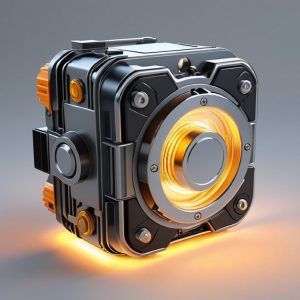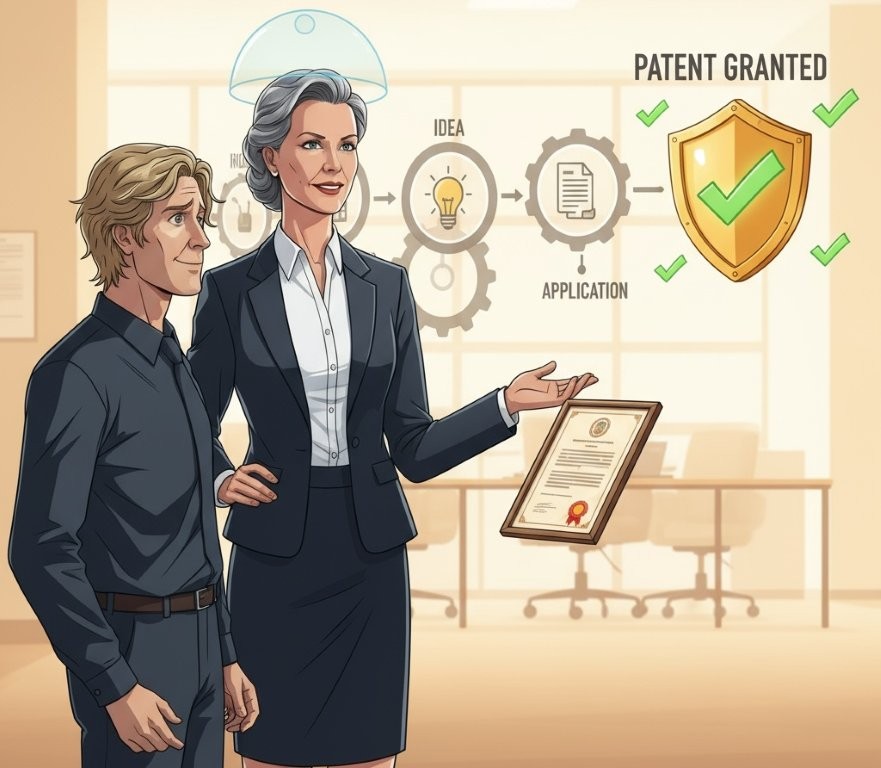- Violating Requirements for the Claims
The claim set is the key document defining the scope of legal protection, and errors within it are among the most common:
— Violation of the Unity of Invention. This occurs when an application contains several inventions that are not linked to form a single inventive concept. For example, claims may include objects of different types that lack a technical interrelation expressed by a common, specific technical feature.
— Technical and Formal Errors. A typical error is phrasing a claim item as multiple sentences (when it must be formulated as a single sentence). Other examples include errors in enumeration, incorrect references to preceding claims, or duplication of numbering.
— Clarity Issues. Features of the invention in the claims must be expressed so that a person skilled in the art can understand their meaning based on the state of the art. Using non-scientific concepts or terms lacking definite meaning (e.g., a «sensor of special design») can make the claim unclear. Phrases like «about,» «approximately,» «and so on,» or «etc.» are generally not permissible. If clarity is lacking, the claims are deemed difficult to understand for the purpose of identifying the object for which legal protection is sought.
- Insufficient Disclosure of the Essence of the Invention
Generally, the description must disclose the invention with completeness sufficient for a person skilled in the art to carry out the invention.
Critical Deficiencies (difficult to overcome without changing the essence of the application) include instances where:
— Information regarding the purpose/aim of the invention is absent.
— All essential features required to achieve the stated technical result are not disclosed.
— The methods and means necessary to carry out the invention are not disclosed in the application documents or known in the state of the art by the filing date (or priority date, if claimed).
Overcomable Deficiencies (requiring additional materials/clarification), which often result in a Notification or an Office Action requesting supplementary materials, include cases where:
— At least one example of carrying out the invention is not provided.
— The provided example is insufficient, for instance, if it lacks experimental data or theoretical justification confirming the possibility of realizing the purpose and achieving the technical result.
— A general concept or range of parameter values is used to characterize a feature, but insufficient examples are given to confirm the possibility of realization across the entire claimed range.
If the technical result specified by the applicant is not achieved, or if the provided justification contradicts known laws of nature and modern scientific knowledge, the claimed invention may be found non-compliant with the patentability condition.
- Errors Related to Changing the Essence of the Application
A severe obstacle occurs when the applicant attempts to introduce amendments that change the essence of the claimed invention. Additional materials are recognized as changing the essence of the claimed invention if they contain:
— A different invention that does not satisfy the unity requirement.
— Features intended for inclusion in the claims that were not disclosed in the initial application documents. Introducing a claimed range (e.g., «1 – 4 wt%») when only specific point values were initially disclosed (e.g., «1 wt%») is considered changing the essence.
— An indication of a new technical result not associated with the technical result contained in the original documents.
Crucially, features mentioned in the description only in relation to the state of the art (e.g., describing the closest analogue) cannot be included in the claims as features of the claimed invention.
- Procedural and Technical Deficiencies
Some errors are organizational or technical but can significantly disrupt the process:
— Untimely submission of documents (e.g., drawings) may result in a change to the filing date of the application.
— Submitting files containing revised materials in an unacceptable format. For instance, sequence listings must adhere to the WIPO Standard ST.26, preferably in the «XML» format. Text files generally require formats like «RTF,» «DOC,» or «DOCX,» while graphical files require specific «TIFF» formats.
— Failure to pay the required fee for newly introduced independent claims.
— Failure to respond to requests for documents, materials, or extensions within the established deadlines. If the applicant fails to respond, the application may be deemed withdrawn (abandoned).
Conclusion
Successfully patenting an invention requires avoiding a host of critical errors that can jeopardize the entire process. As demonstrated, flaws in the claims, an insufficient description, improper amendments, and procedural failures are common paths to delays, rejections, and ultimately, the loss of legal protection for an idea. These are not simple bureaucratic hurdles but complex legal and technical challenges. To navigate this minefield and ensure comprehensive protection, the expertise of a patent professional or attorney is indispensable. They provide the strategic guidance and meticulous preparation necessary to transform an innovative idea into a secure, legally defensible asset.


